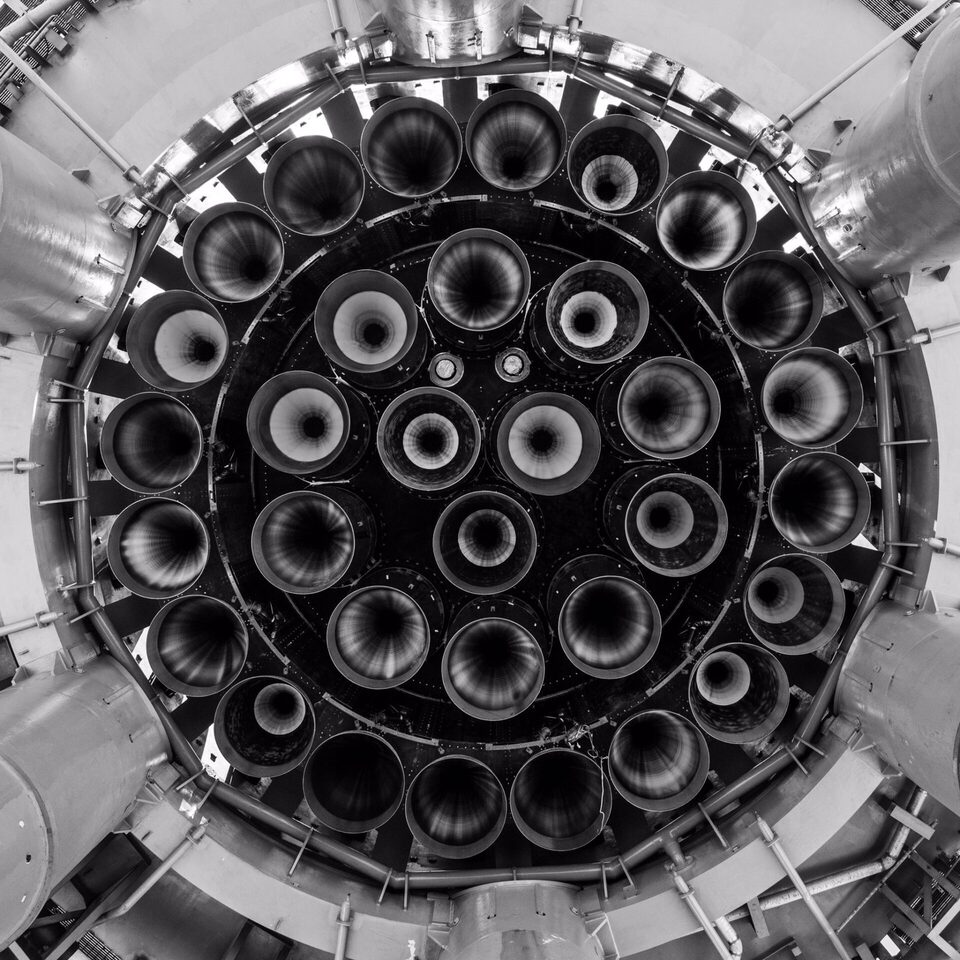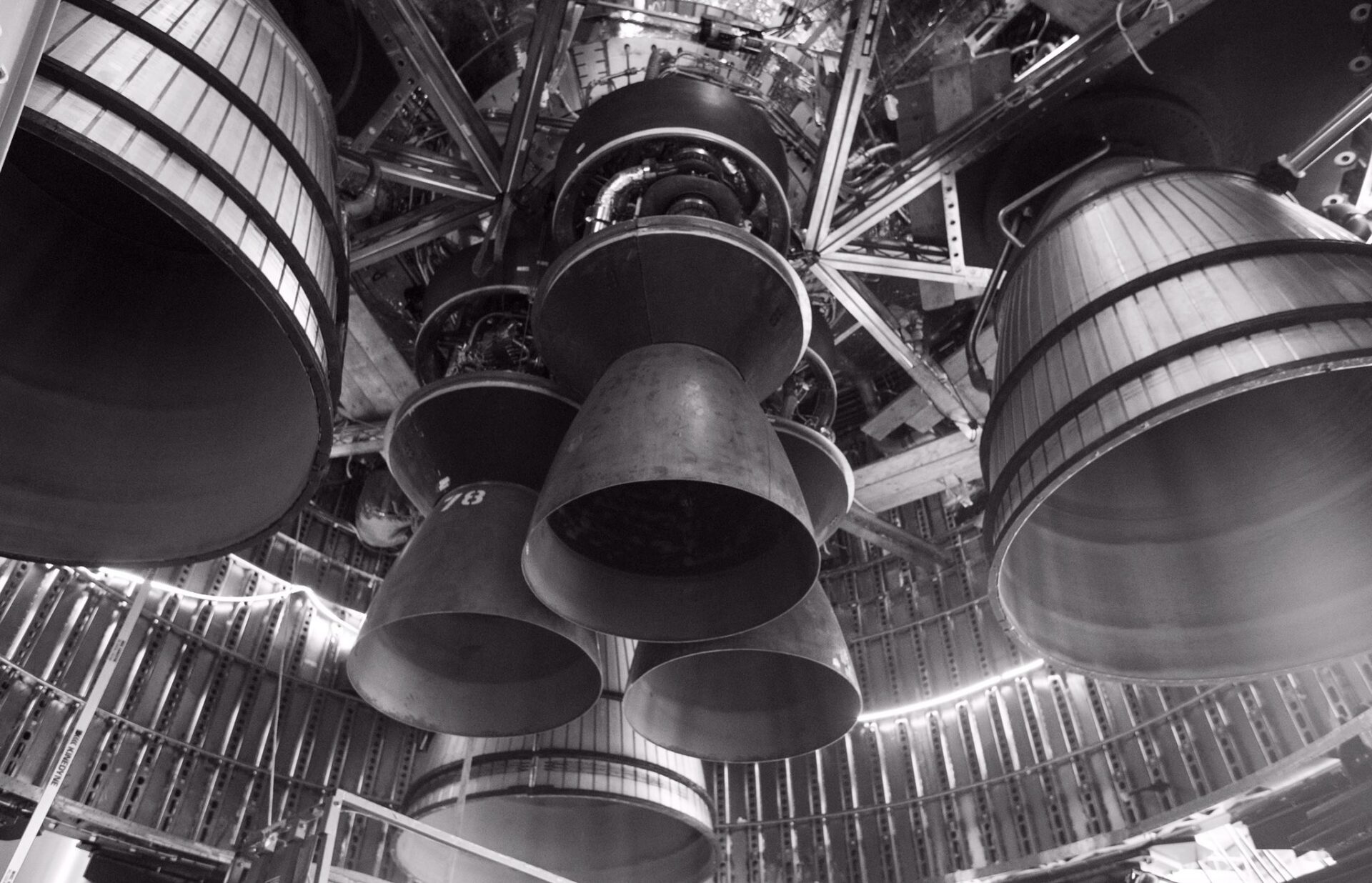SpaceX has shared an incredible photo from a special perspective, which shows all 33 powerful Raptor engines installed on the next-generation Super Heavy rocket. Currently, the company is carrying out the last preparatory work for the first orbital flight of this supermassive launch vehicle.

The superheavy rocket will be the most powerful ever launched into space. According to calculations, its power is enough to send people not only to the Moon, but even to Mars.
The second image shows the six Raptor engines on the Starship spacecraft mounted on top of the Super Heavy. When Starship separates from Super Heavy, the spacecraft will be able to make an independent flight and can even land vertically on the surface of the planet, whether on Earth or another celestial body, such as the Moon.
The first flight of Super Heavy and Starship
SpaceX CEO Elon Musk made the announcement a couple of weeks ago because the Super Heavy launch vehicle and the Starship spacecraft will be ready for their first orbital test flight later this month. The 120–meter-high Super Heavy has a thrust of 7,700 tons, more than twice the thrust of the Saturn V rocket that carried astronauts to the Moon, and significantly more than the 4,400 tons thrust offered by NASA’s next generation SLS – a rocket that can also make its first orbital flight in July.

SpaceX recently overcame a major hurdle when the Federal Aviation Administration (FAA) found no serious problems preventing the company from using the Starbase launch pad in Boca Chica, Texas, for orbital launches. A successful Starship orbital mission will be a major boost for SpaceX and NASA, who want to build monthly bases for long-term astronaut missions under the Artemis program, which also provides for crew missions to Mars.
Earlier, SpaceX Raptor engines were compared to an army of killer robots.
Follow us on Twitter to get the most interesting space news in time
https://twitter.com/ust_magazine

